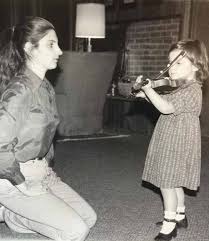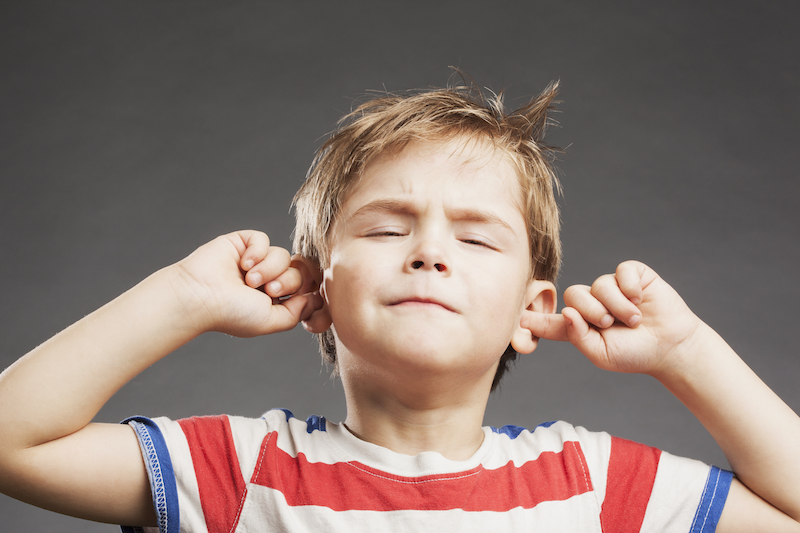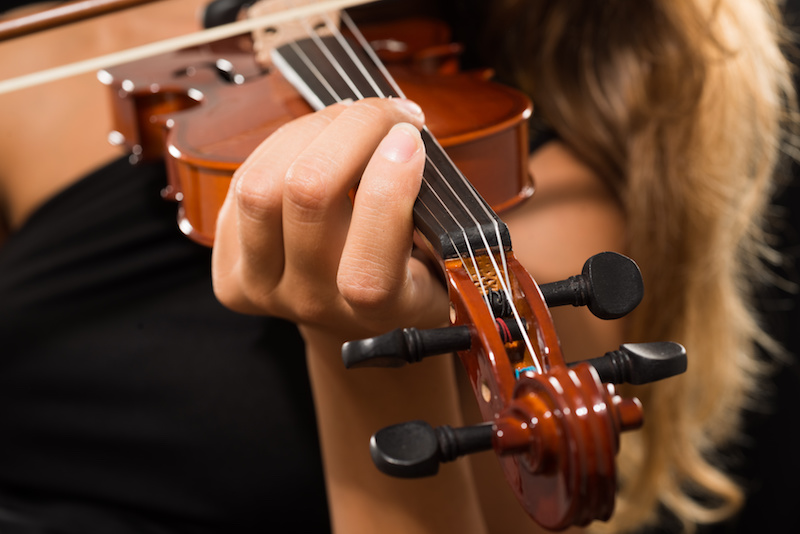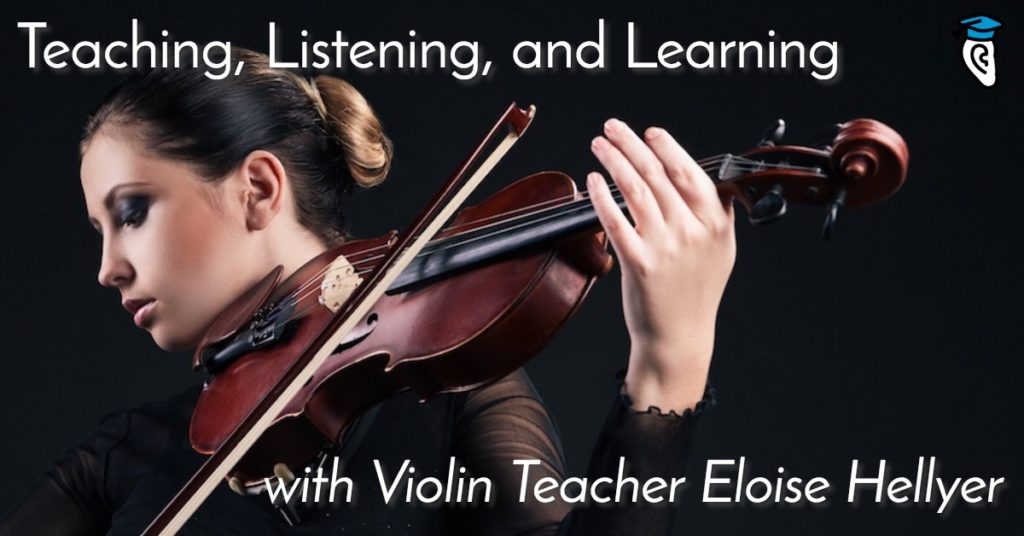Eloise Hellyer grew up studying violin in Chicago. Later in life she found herself living in the Middle East with her husband and young children. Since violin teachers were difficult to find, she decided to teach her children herself. So began her own quest to learn to teach, and teach to learn.

After settling in central Italy, and growing into a prominent violin teacher, Eloise realized that others would benefit from her many years of teaching experience. That’s how Violin Teachers Blog began.
We were impressed by her passionate and articulate views on teaching, with applications that go far beyond the violin world. Here, we spoke with her about the importance of listening skills:
I have had the privilege of teaching for many years and have decided that now is the time to give back. I am putting myself in the place of young teachers (or even perplexed older ones) so I can help them by saying what I would have needed to know when I was starting out, and have learned the hard way.
There are lots of books on didactics but I haven’t seen much on the mystery of teaching. And it is that: a mystery, but one we can learn to use to great effect. Doctors know how to use anesthesia but not how it actually works. The same thing is for teaching—we may know nothing about the physics of it, but we can learn to do it well—even those who are not “born” teachers.
Listen, listen and listen some more. When I first came to Italy, I couldn’t hear the difference between the pronunciation of a double consonant and a single one, which can drastically change the meaning of a word. It was all the same to me. Now, even though I still have an accent, I can hear the difference very well. Because I studied Italian? No, I just heard it spoken a lot.
So it’s the same thing for students. The more they hear, the better they get. Just like a language.
Other than that, I will ask students to sing. Actually, there are lots of things that I do but it’s part of the natural flow of the lesson and not like, “Okay, now I’m going to improve your ear so do this.”
If a student doesn’t hear what he is doing, he can’t improve. One of the things that is most common in students I get who come from poor teachers (there’s a reason the parents change the teacher) is that they have turned off their ears because they didn’t like what they heard when playing. It can take some time to open them up again.

Also, my students who play most out of tune are the ones with perfect pitch! Why? Because they don’t listen to themselves or don’t care much if there’s an out of tune note.
So I get really picky. From the very first times a student puts the bow on the string, I ask what kind of sound he wants to get out of his instrument. I ask him to hear in his head what he wants to do. Then after he has played, I ask if he got what he wanted. That’s the start.
The problem with the violin, or music in general, is that you have to hear
- what you want to do,
- what you are actually doing and
- what you are going to do next
without ever thinking about what you have just done! It takes a lot of training. It’s one thing to hear in your mind what you want to do—and that’s harder than you think—but to hear what you are actually doing at the same time is something that requires a lot of mental agility and awareness.
I am fond of telling my students that the hand moves quicker than the eye. Well, it moves quicker than the ear, too. And, while it looks like we are training only the hands in lessons, we are actually training the ear to hear faster than the hands can move. That way we can hear every note before we play it and while we are playing it even if our hands are moving at the speed of light.

The ear directs the hands and for that you need training and awareness. I also ask my students: “if you don’t know what you want out of life, how can you get it?” The same thing for music – you have to know what you want first and then play. Training to hear what we want before we do it and awareness to hear what we are actually doing. Not easy. Stop and think, hear and then play is how I go about it.
The more they hear music, the more they will understand. Just like a language. So I encourage parents to take their children to concerts but to try to first find recordings of the pieces on the program so children can familiarize themselves with them.
Kids like what they know. Just as they will ask you to read the same bedtime story to them every night, they like to hear music they know and will be far more attentive at a concert and enjoy it more if they do.
That’s so true! And your advice on preparing for concerts doesn’t just apply to children. I’ve found that familiarity with pieces on a concert helps me to go deeper into the experience and enjoy more nuances and details. The same goes for playing—practicing for listening is just as fruitful as practicing for playing.
Thank you so much for being with us here today, Eloise. We’re looking forward to exploring more about your teaching experience and what we can learn from it.
What started out as a desire to give her own children the gift of music became a lifelong passion for teaching and learning. Eloise Hellyer’s experience has taught that even great gifts like perfect pitch serve nothing unless they are trained and directed by the ear to become useful tools.
Through her blog, Eloise reaches out to violin teachers, but her wisdom and experience apply to anyone to loves to learn and teach music. Parents and students—both young and old—will all discover much clear insight in this rich resource. Enjoy some “Aha” moments for yourself—as we have—at the Violin Teachers Blog. And beyond the blog, Eloise offers life coaching worldwide to teachers, parents, and students.








